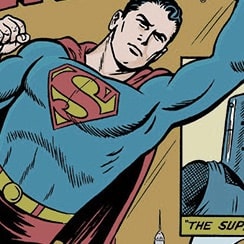Try GOLD - Free
Baltimore magazine - December 2025

Holiday Sale
1767430799
Go Unlimited with Magzter GOLD
Read Baltimore magazine along with 10,000+ other magazines & newspapers with just one subscription
View CatalogSubscribe only to Baltimore magazine
Cancel Anytime.
(No Commitments) ⓘIf you are not happy with the subscription, you can email us at help@magzter.com within 7 days of subscription start date for a full refund. No questions asked - Promise! (Note: Not applicable for single issue purchases)
Digital Subscription
Instant Access ⓘSubscribe now to instantly start reading on the Magzter website, iOS, Android, and Amazon apps.
Verified Secure
payment ⓘMagzter is a verified Stripe merchant.
In this issue
Inside This Issue:
BEST BARS | We salute the new neighborhood hangouts—and a few of our favorite old haunts, too. THE DISTURBING CASE OF LUIGI MANGIONE | The DOJ wants to execute the former Gilman valedictorian for the slaying of UnitedHealthcare’s Brian Thompson. Others call him a hero.
Baltimore magazine Description:
Baltimore magazine is America's oldest city magazine, celebrating Baltimore since 1907. Whether Baltimoreans want to know which crabhouse has the best hardshells or whether they want to read award-winning feature stories about prominent people, arts and culture, and sports, they know that Baltimore magazine offers the best coverage of the city.
Recent issues

November 2025

October 2025

September 2025

August 2025

July 2025

June 2025

May 2025

April 2025

March 2025

February 2025

January 2025

December 2024

November 2024

October 2024

September 2024

August 2024

July 2024

June 2024

May 2024

April 2024

March 2024

February 2024

January 2024

December 2023

November 2023

October 2023

September 2023

August 2023

July 2023
Special Issues
Related Titles

Mississippi Magazine

Reader's Digest US

Prevention US

Country Living

Bon Appétit

HGTV Magazine

Guideposts

Woman's World

Architectural Digest US

Condé Nast Traveler US

House Beautiful US

Southern Living

Elle Decor US

AppleMagazine

Mac Life

Girls' Life magazine

Stereophile

RECOIL OFFGRID MAGAZINE

Recoil

Heartfulness eMagazine

Old House Journal

Central Florida Health News

PEN WORLD

American Farmhouse Style

Ocean Home

Porthole Cruise and Travel

Pioneer Woman

Orlando Magazine

Charlotte Magazine

Powder























